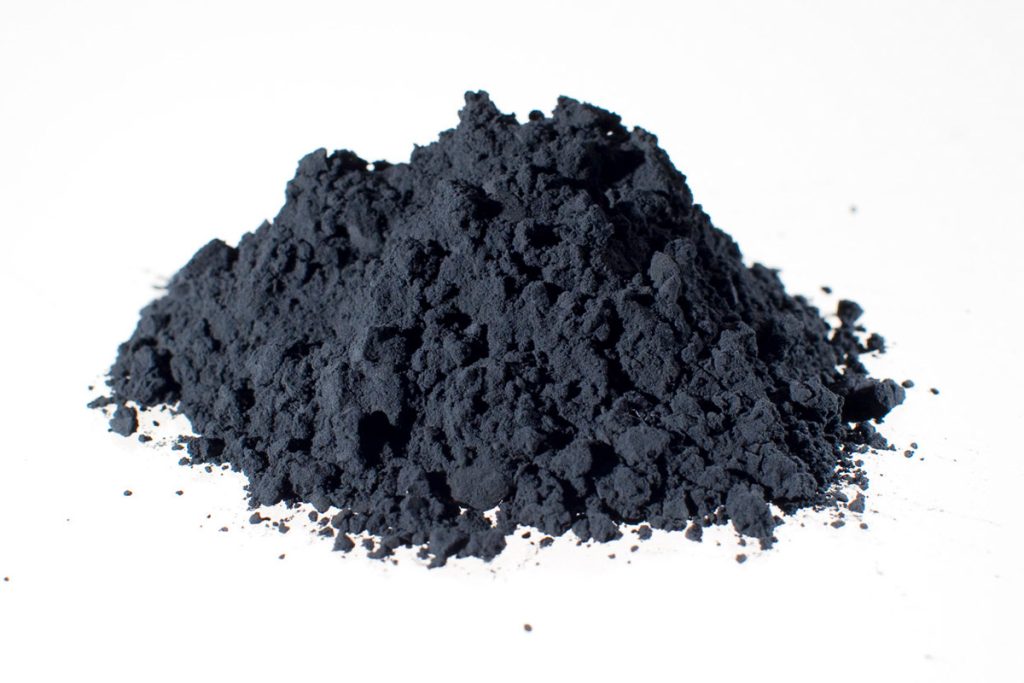Energy Metal “Lithium” in Fly Ash

As one of the most important energy metals in the 21st century, lithium plays an irreplaceable role in both traditional and emerging industries. With the increasing demand for lithium resources worldwide, the current mining and extraction can no longer meet the market demand. Fly ash contains metal elements such as aluminum, lithium, and gallium. If lithium can be efficiently extracted from fly ash, it will provide a new way for the source of lithium resources while solving the problem of fly ash pollution. Therefore, it is of long-term strategic significance to conduct research on efficient extraction of lithium from fly ash.
Lithium deposits in coal belong to sedimentary lithium deposits. Due to the low atomic number and low content of lithium in coal, it is difficult to study the occurrence mode of lithium in coal. The main occurrence state of lithium in coal is relatively complicated. Current research shows that lithium in coal mainly occurs in clay minerals with silicate substances as the carrier, and a very small part exists in phosphate state or organic state. The more common clay mineral supports when lithium occurs in coal are kaolinite (Al4[Si4O10](OH)8) and lithium chlorite (LiAl4(Si3Al)O10(OH)8)[5]. The lithium content in most coals in nature is not high. The average lithium content of coal in my country is 32 μg/g. Although the average content is not high, there are some coal samples with high lithium content.
Extraction Technology of Lithium from Fly Ash
(1) Preprocessing
The mineral composition of fly ash is mainly mullite, corundum, vitreous body and quartz, etc. Lithium mainly occurs in the vitreous body. Its chemical composition is relatively complex, the main components are SiO2 and Al2O3, and there are also oxides of iron, calcium, magnesium, titanium and other metals and other unburned carbon. Before the roasting step, the fly ash needs to be pretreated, including two steps of desiliconization and magnetic separation. The purpose of desiliconization is to increase the utilization rate of silicon in fly ash while reducing the amount of low-value silicon-containing solid waste and the material flow in the process. The purpose of magnetic separation is to remove iron oxides in fly ash. After the above two steps, the relative content of lithium in the fly ash has increased, and the activity of the fly ash has also been improved, thereby achieving more efficient extraction of lithium from the fly ash.
(2) Roasting
Roasting refers to the reaction of the pretreated fly ash with a specific sintering agent under high temperature conditions, and the roasted fly ash is further activated. Commonly used sintering agents are sodium carbonate, calcium carbonate, etc. Using fly ash as raw material and sodium carbonate as sintering agent, Dai Hong et al. used orthogonal experiments to discuss the factors affecting the leaching rate of lithium in fly ash during sintering and the optimal experimental conditions. The results show that the lithium leaching rate can reach 65% after baking sodium carbonate and fly ash at 900℃ for 2 hours.
(3) Leaching
The roasted fly ash is leached with acid or alkali, and the lithium ions in the fly ash are transferred to the leaching solution, which further enriches the lithium ions in the fly ash. In experiments, the impurity ions such as aluminum, potassium, and magnesium that interfere with the extraction of lithium ions are usually converted into precipitates and removed by adjusting the pH.
(4) extract
① Carbonate precipitation method
Carbonate precipitation is the first method to extract lithium from fly ash. The principle of the precipitation method is to add one or more appropriate precipitants to the lithium enrichment solution for precipitation to obtain lithium carbonate, and then further purify the lithium carbonate [10]. The results show that the optimal extraction rate of this process is 80% to 90%. Yang Jingjing [9] carried out carbonate precipitation experiments on the leaching solution of the acid method and the alkali method, and carried out the impurity removal operation on the leaching solution of the acid method, and then carried out the carbonization and aluminum precipitation operation. The obtained lithium mother liquor is further evaporated, concentrated and crystallized to purify and remove impurities. Lithium-containing carbonate precipitates are obtained after adding a precipitating agent. Experiments have proved that the average recovery rate of lithium in this process can reach 60.00%. The leaching solution of the alkaline method is carbonized, then concentrated by evaporation, and finally lithium is precipitated.
② Adsorption method
A. Lithium extraction by adsorption in alkaline medium
B. Extraction of Lithium by Adsorption in Acidic Medium
③ Solvent extraction method
The principle of using the extraction method to extract lithium is based on the difference in the solubility of lithium ions in two immiscible solvents, so that lithium ions are transferred from a solvent with a lower solubility to a solvent with a higher solubility. This process cannot complete the transfer all at once, and repeated extractions are required to extract lithium ions.
